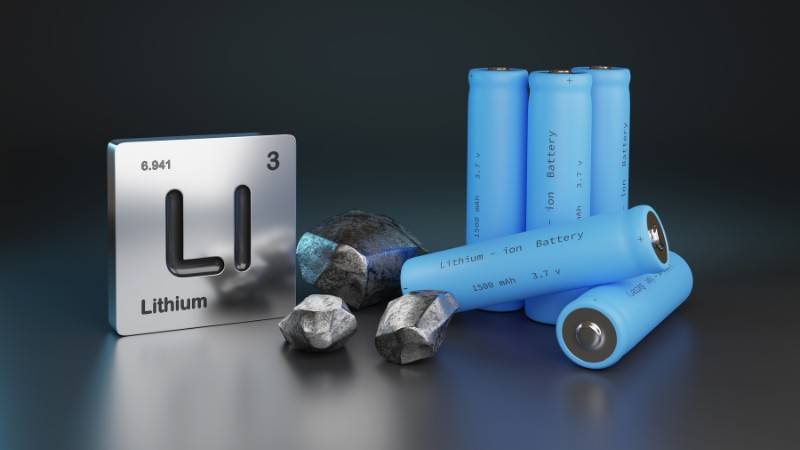Sunni Man
Diamond Member
About 15 years ago I lived in Florida when it was hit by a category 4 hurricane.
My electric power was down for about a week. I was lucky because many people had no power for 2 or 3 weeks, some even a month or longer.
Like most people, I filled up my car with a full tank of gas before the hurricane hit. So I was in good shape, and could still go to my job and help get the factory where I worked cleaned up and the damage repaired.
Within a week the National Guard brought in huge generators and supplied power to the gas stations so people could fill up their gas tanks.
(but you could only pay with cash money because the credit card terminals remained down. There's a lesson there for everyone to heed)
Sure there was a long line to fill up your car. But the line went fast because filling the tank on an ICE car only takes about 5 minutes or less.
If that same hurricane disaster happened today, and all you owned to drive was an EV.
You'd be up ____ creek, without a paddle. ...
My electric power was down for about a week. I was lucky because many people had no power for 2 or 3 weeks, some even a month or longer.
Like most people, I filled up my car with a full tank of gas before the hurricane hit. So I was in good shape, and could still go to my job and help get the factory where I worked cleaned up and the damage repaired.
Within a week the National Guard brought in huge generators and supplied power to the gas stations so people could fill up their gas tanks.
(but you could only pay with cash money because the credit card terminals remained down. There's a lesson there for everyone to heed)
Sure there was a long line to fill up your car. But the line went fast because filling the tank on an ICE car only takes about 5 minutes or less.
If that same hurricane disaster happened today, and all you owned to drive was an EV.
You'd be up ____ creek, without a paddle. ...
Last edited:

